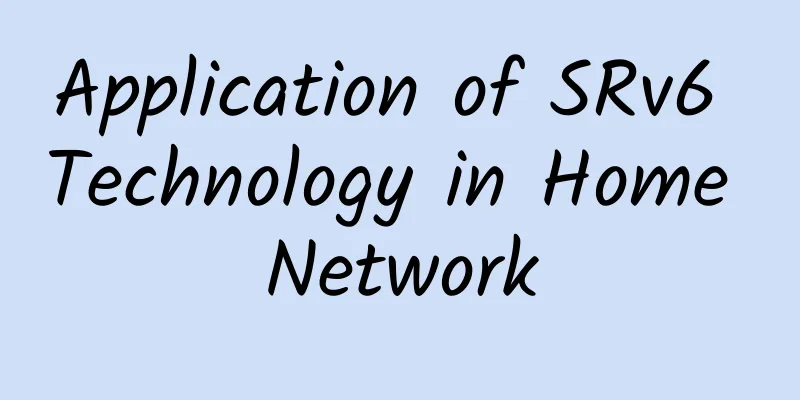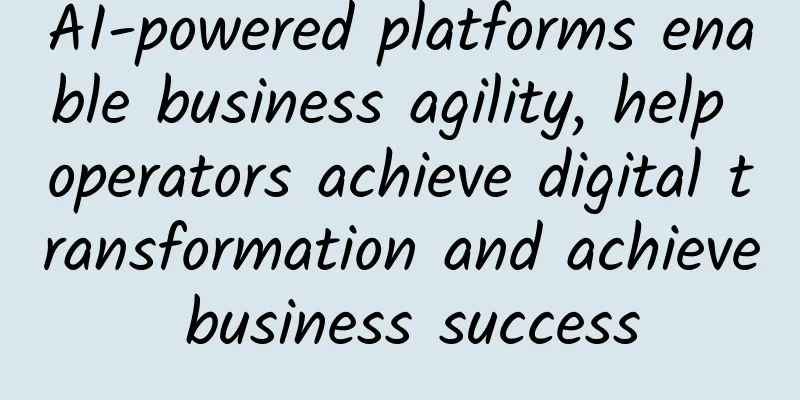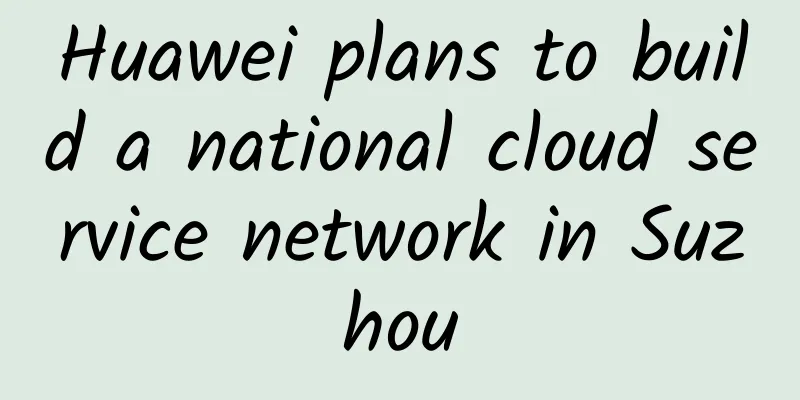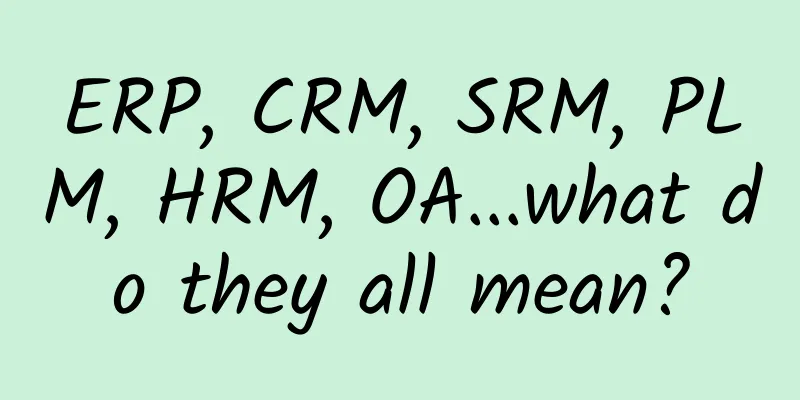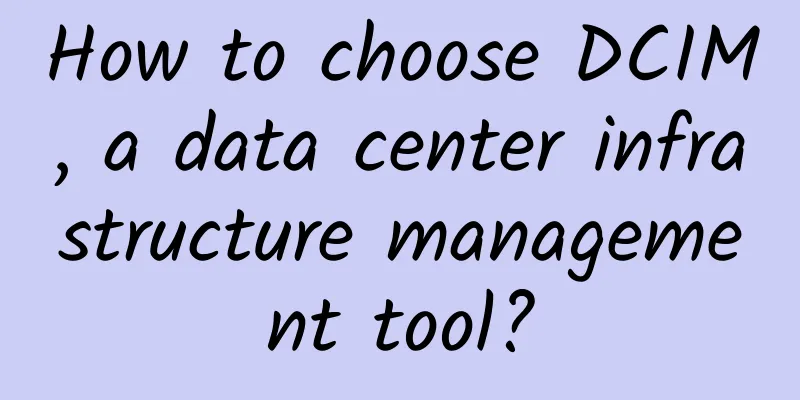In-depth analysis of the seven major communication protocols of IOT
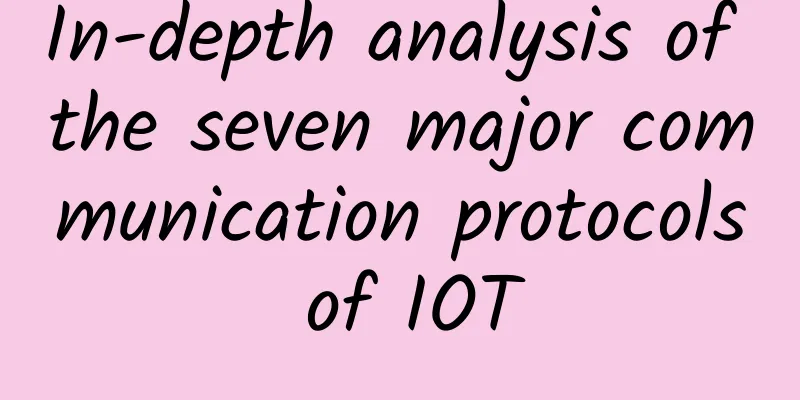
|
In the Internet of Things protocol, it is generally divided into two categories, one is the transmission protocol and the other is the communication protocol. The transmission protocol is generally responsible for the networking and communication between devices in the subnet; the communication protocol is mainly a device communication protocol running on the traditional Internet TCP/IP protocol, responsible for the data exchange and communication of devices through the Internet. So what are the communication protocols of the Internet of Things?
1. REST/HTTP (loosely coupled service calls) REST, or representational state transfer, is a communication style developed based on the HTTP protocol. Scope of application: REST/HTTP is mainly used to simplify the system architecture in the Internet, quickly realize the loose coupling of the interaction between the client and the server, and reduce the interaction delay between the client and the server. Therefore, it is suitable for the application level of the Internet of Things. Through REST, resources in the Internet of Things can be opened to realize the service call by other applications. Features:
2. CoAP Protocol CoAP (Constrained Application Protocol) is a constrained application protocol used in wireless sensor networks. Scope of application: CoAP is a RESTful API that simplifies the HTTP protocol. CoAP is an application layer protocol in the 6LowPAN protocol stack. It is suitable for IP networks with limited resource communications. 3. MQTT protocol (low bandwidth) MQTT (Message Queuing Telemetry Transport), an instant messaging protocol developed by IBM, is a communication protocol that is more suitable for IoT scenarios. The MQTT protocol adopts a publish/subscribe model. All IoT terminals are connected to the cloud through TCP. The cloud manages the communication content of each device through topics and is responsible for forwarding messages between devices. Scope of application: Provide data transmission and monitoring of remote devices based on cloud platforms under low-bandwidth and unreliable networks. 4. DDS protocol (high reliability, real-time) DDS (Data Distribution Service for Real-Time Systems) is a data distribution service for real-time systems. Scope of application: Distributed high reliability, real-time transmission equipment data communication. Currently, DDS has been widely used in defense, civil aviation, industrial control and other fields. 5. AMQP Protocol (Interoperability) AMQP (Advanced Message Queuing Protocol) is an advanced message queue protocol used for data exchange in business systems such as PLM, ERP, MES, etc. Scope of application: It was first used in transaction messaging between financial systems. In IoT applications, it is mainly used for communication and analysis between mobile handheld devices and back-end data centers. 6. XMPP protocol (instant messaging) XMPP (Extensible Messaging and Presence Protocol) is an extensible messaging and presentation protocol, an open source network instant messaging protocol produced by an organization. Scope of application: Instant messaging applications can also be used in network management, games, remote system monitoring, etc. 7. JMS JMS (Java Message Service) is a well-known message queue protocol in the JAVA platform. The Java Message Service (JMS) API is a message-oriented middleware (MOM) API in the Java platform. It is used to send messages between two applications or in a distributed system for asynchronous communication. The Java Message Service (JMS) is an API that has nothing to do with a specific platform. Most MOM providers support JMS. Focus of protocol application Taking smart home as an example, the smart lighting control in the smart home can use the XMPP protocol to control the switching of lights; the power supply of the smart home and the monitoring of the engine group of the power plant can use the DDS protocol; when electricity is transmitted to thousands of households, the inspection and maintenance of power lines can use the MQTT protocol; the power consumption of all electrical appliances in the home can be transmitted to the cloud or home gateway for analysis using the AMQP protocol; finally, if users want to publish their own energy consumption query services on the Internet, they can use REST/HTTP to open API services. |
<<: One article explains what is VLAN, Layer 3 switch, gateway, DNS, subnet mask, MAC address
>>: What is the difference between FTP and SFTP?
Recommend
RAKsmart: Japan/Korea independent server replenishment, large bandwidth, unlimited traffic, CN2+BGP line
At the beginning of the month, I shared RAKsmart&...
CMIVPS: Hong Kong high-bandwidth KVM 30% off, three-network direct connection, Hong Kong/US independent servers online
CMIVPS is a Chinese VPS service provider, providi...
The RF Device Revolution in the 5G Era
1 RF devices are the core foundation of wireless ...
Insufficient CMDB Momentum = “Failed” IT Operations?
Whether it is the implementation of ITIL in the e...
5G messaging has started commercial trials. Can it change the current instant messaging landscape? Will it replace WeChat?
Since the release of the "5G Message White P...
How do operators launch new packages under homogeneous competition?
Since the commercial use of 4G, superior policies...
HostKvm: 30% off Hong Kong VPS, 4.9/month KVM-1G memory/10G hard disk/50M bandwidth
HostKvm is a foreign VPS service provider founded...
Eight use cases for NV overlay
Most IT organizations are under pressure to be mo...
【WOT2018】Recommended search venue reveals the secrets and discusses how intelligent search can improve business value
[51CTO.com original article] In 2018, artificial ...
Chip, mobile phone, and communication index: Whose 5G performance was the most eye-catching in the first half of the year?
As of the first half of 2021, China Mobile has op...
TripodCloud: US CN2 GIA line VPS with large hard disk $40.99/half year onwards
TripodCloud (Yunding Network) is a relatively low...
Compared with China Telecom and China Unicom, why is China Mobile's broadband so slow?
If you have been using China Telecom or China Uni...
A complete set of DNS related tests in IPv6 environment
[[271457]] Dong Tao, senior operation and mainten...
RAKsmart recharge big gift: popular VPS host $0.99/month, flash sale server $30.62/month
RAKsmart has launched a promotional event for the...
Comprehensive understanding of TCP/IP knowledge system structure summary
1. TCP Knowledge System We analyze the TCP knowle...

